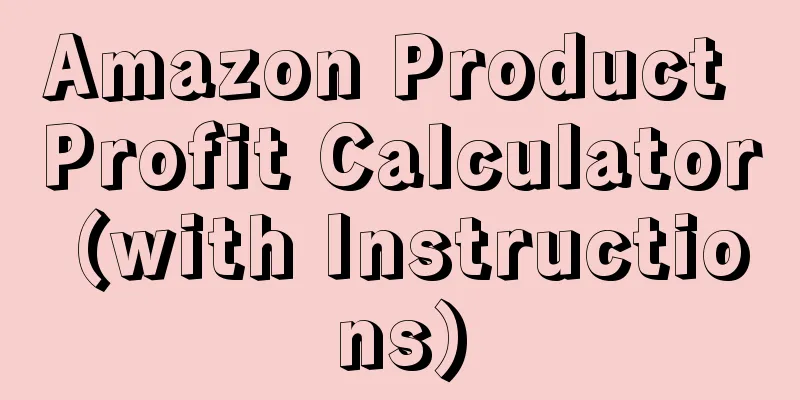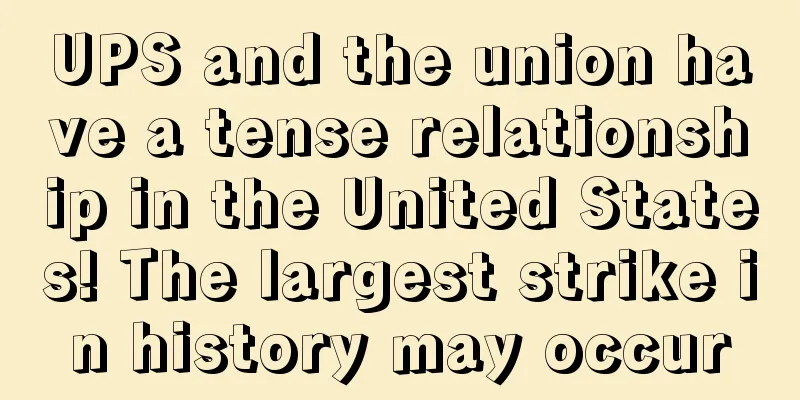Amazon’s new rules are implemented, and sellers complain: They are getting uglier and uglier!

|
Amazon has made a number of adjustments to logistics costs this year, the most troublesome of which is the newly added warehousing configuration service fee. In the past, sellers often thought about how to merge warehouses to reduce costs. But now, although there is an option of not dividing warehouses, the corresponding transfer costs need to be borne by themselves . Sellers are complaining that Amazon’s greed is too ugly! The new fees will take effect on Friday, March 1, 2024. Currently, sellers can foresee the fees associated with inbound configuration options when creating shipments, and this change undoubtedly brings new challenges and considerations to sellers. ▲Image source: Amazon backend 1. This is the first time this fee has been mentioned in history. What is the warehousing configuration service fee? The cost depends on four factors: 4. How to check the specific cost of warehousing configuration fee? You can also directly enter your product ASIN code in the lower right corner to check your warehousing configuration service fee in advance. In the calculator below, you can choose three different warehousing methods (shown in the red box), and then select the warehousing area, and your warehousing configuration service fee will be calculated. In the future, if sellers want to achieve long-term success and stable development on the Amazon platform, they must adopt a rapid and efficient operation strategy to achieve rapid commodity turnover and improve the utilization rate of storage space. Meeting the platform's high requirements for efficiency and response speed can also effectively reduce operating costs and enhance market competitiveness, thereby standing out in the fierce e-commerce environment and winning more business opportunities and profit space for themselves. |
<<: Amazon title is inexplicably tampered with? How to solve it!
>>: A full perspective on Amazon off-site promotion (from many years of promotion experience)
Recommend
What is Myipp? Myipp Review
Myipp is a professional product selection tool for...
What is Generation Z? Generation Z Review
Generation Z is a popular term in the United State...
Another commonly used word was registered as a trademark, and a large number of sellers modified their listings overnight!
In recent years, as the competition in the cross-b...
What are Amazon Warehouse Deals? Amazon Warehouse Deals Review
Amazon Warehouse Deals is a website that sells ret...
US holiday sales growth will slow down! Which categories have the best chance of explosive sales?
It is learned that according to the forecast of th...
Many common words have been registered as trademarks, and some sellers have been affected!
Author | Shuangmu@ Disclaimer | This article is co...
What are Search Terms? Search Terms Review
Search Terms are Amazon product keywords, which ar...
Sellers are going to cry! Just now, Amazon’s claim policy has changed dramatically!
0 1 Amazon adjusts A-to-Z claims policy Amazon re...
What is Amazon Affiliate? Amazon Affiliate Review
Amazon Affiliate is a very special sales model of ...
Guide to hot-selling products on Shopee Malaysia during the epidemic
Hot-selling products on Shopee Malaysia during the...
What is Superton? Superton Review
Superton is a leading independent website and DTC ...
Is it too late to get on board with cross-border e-commerce? Take this practical guide to avoid pitfalls
text Cross-border e-commerce reaped all the benef...
What is China Enterprise Dynamics? China Enterprise Dynamics Review
China Enterprise Dynamics Technology Co., Ltd. was...
Fall Prime officially opens! New opportunities for sellers or a one-man show for Amazon?
Amazon's US autumn Prime, which has been a hot...









